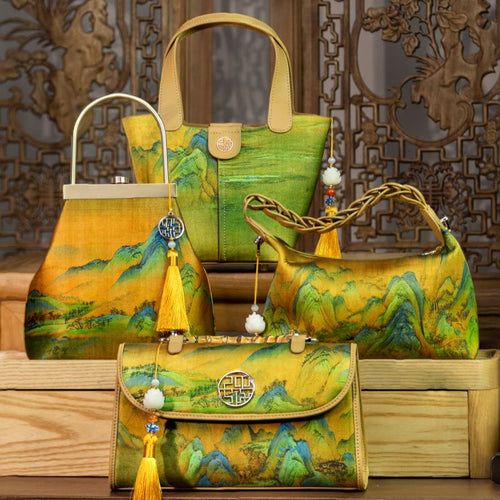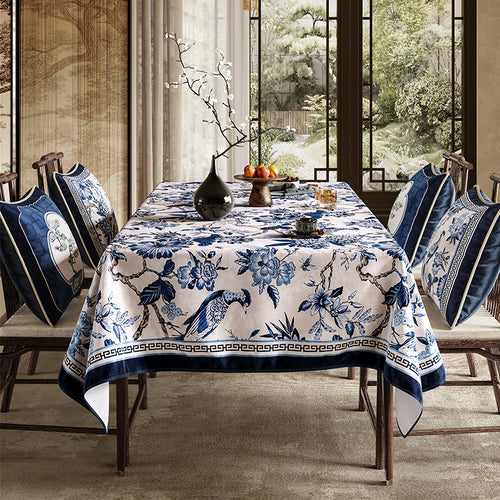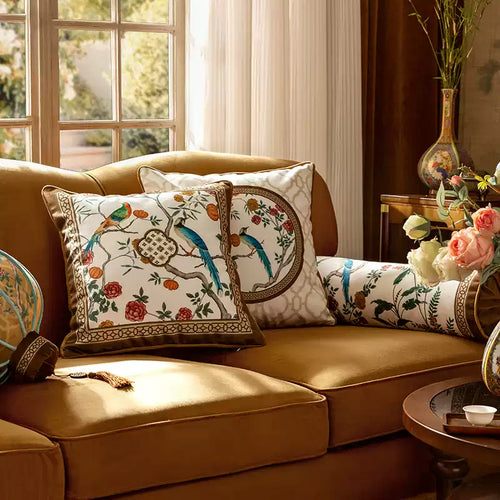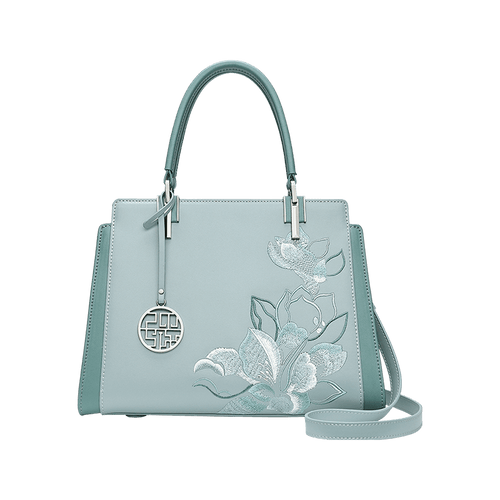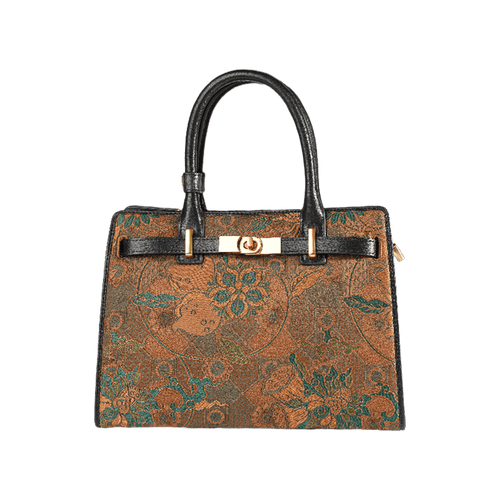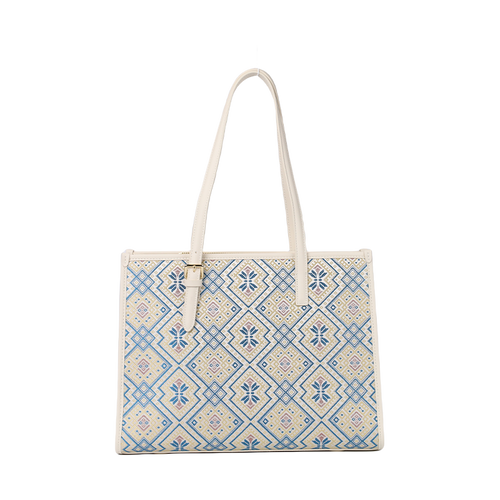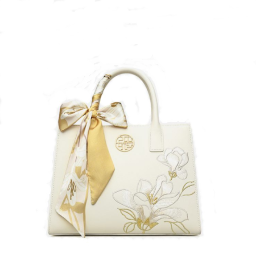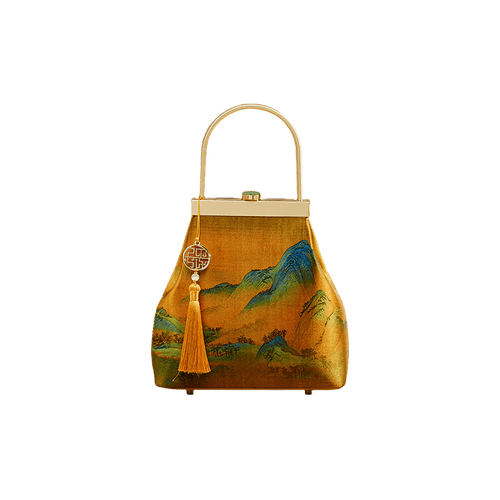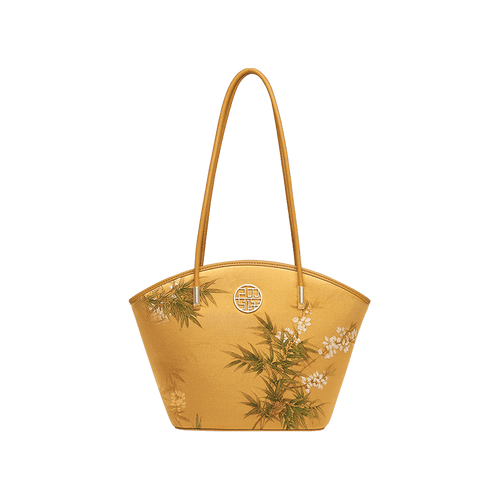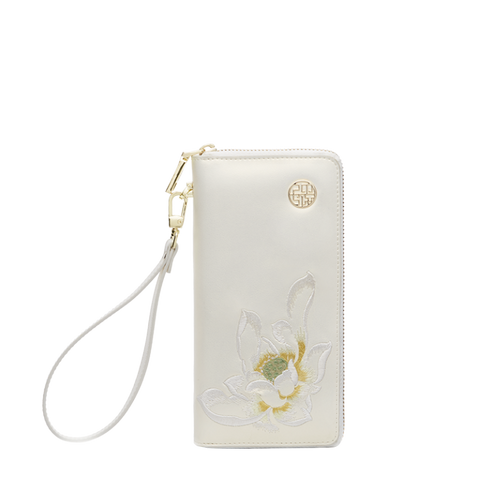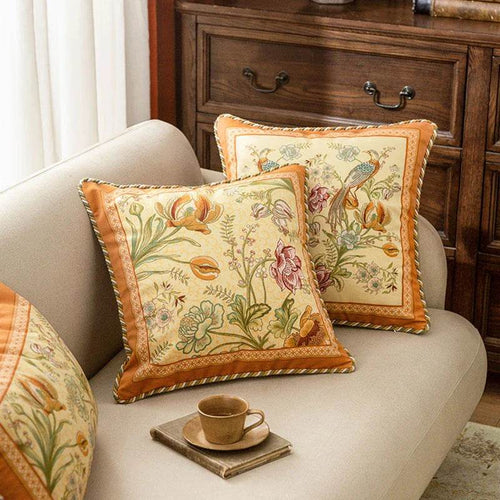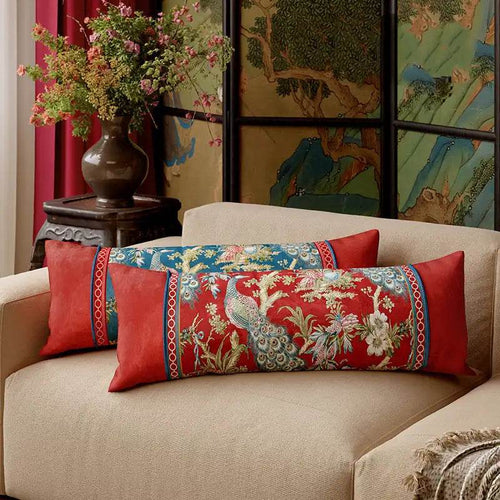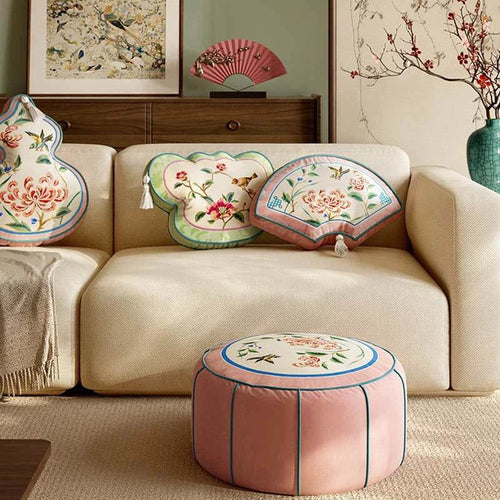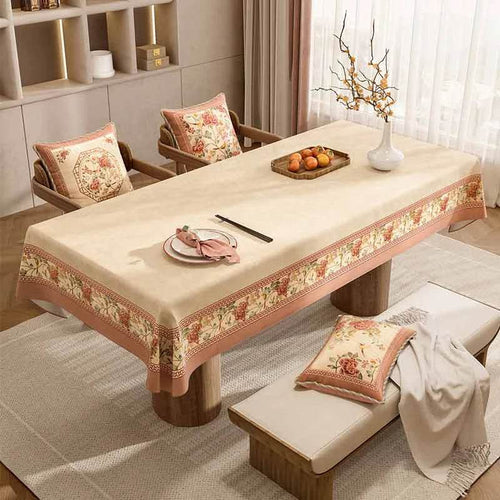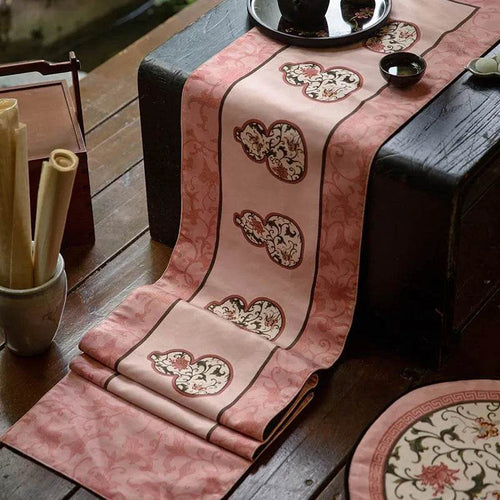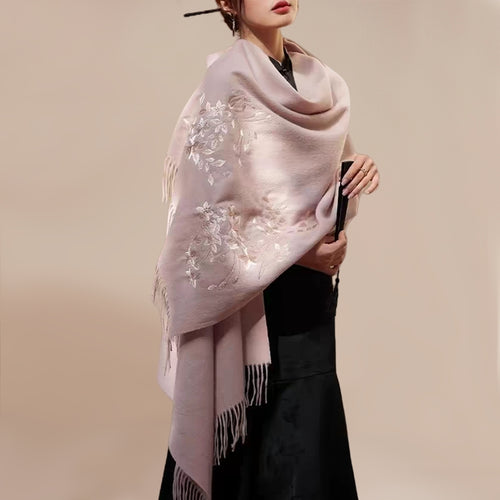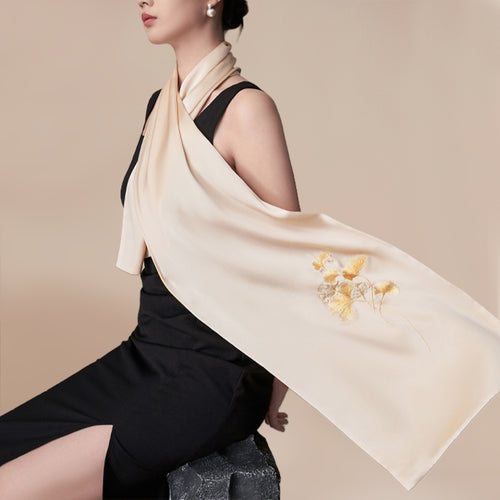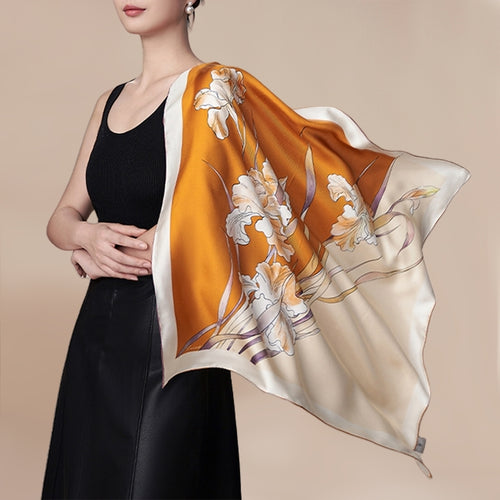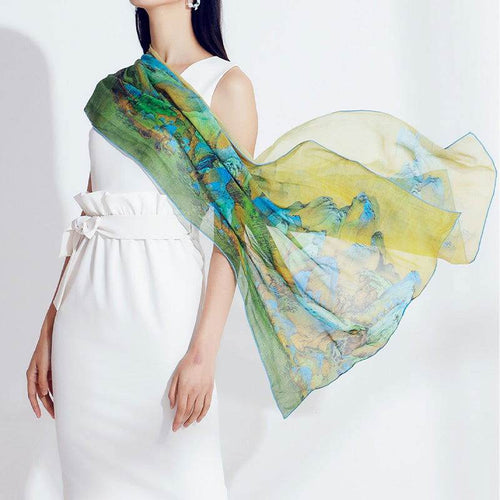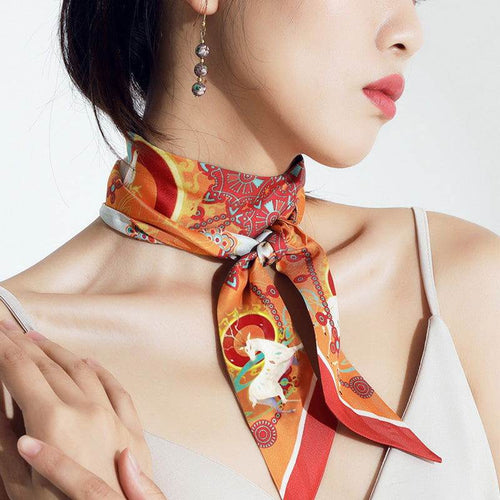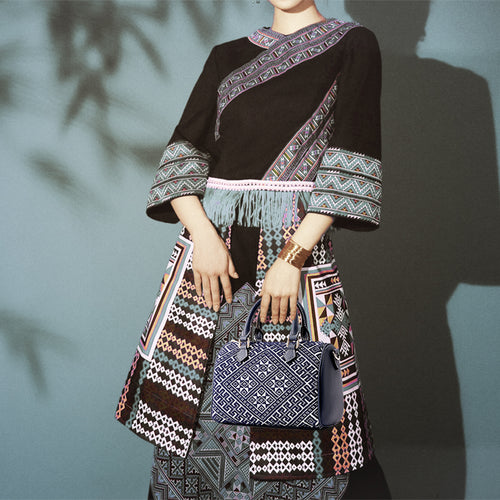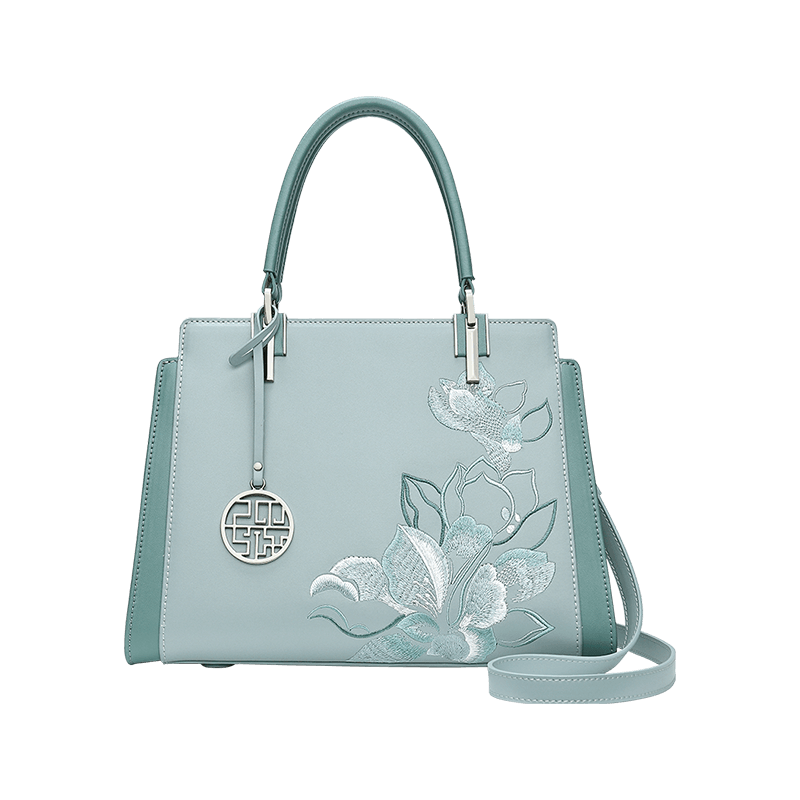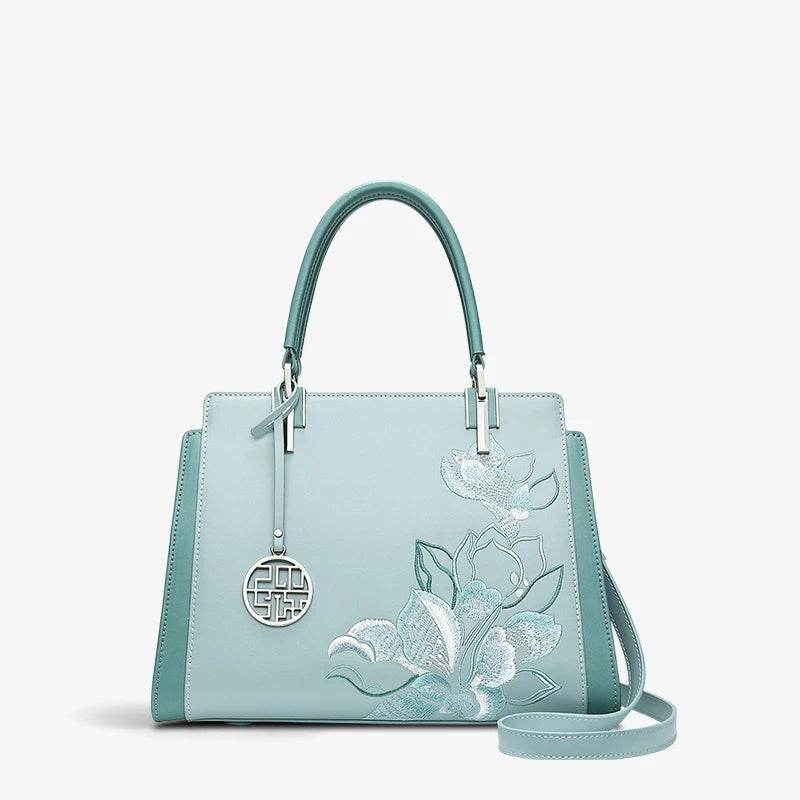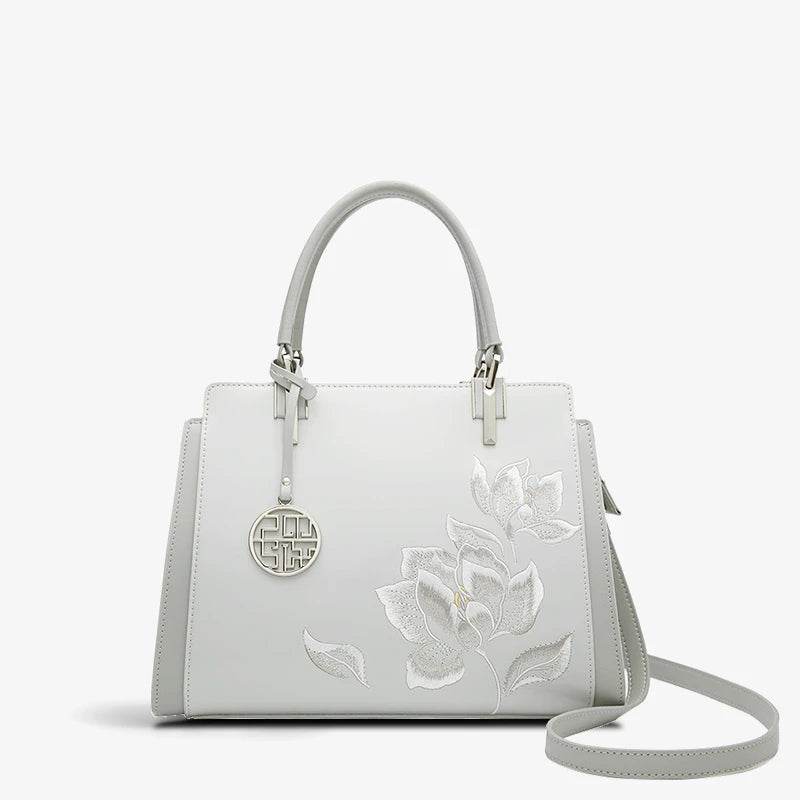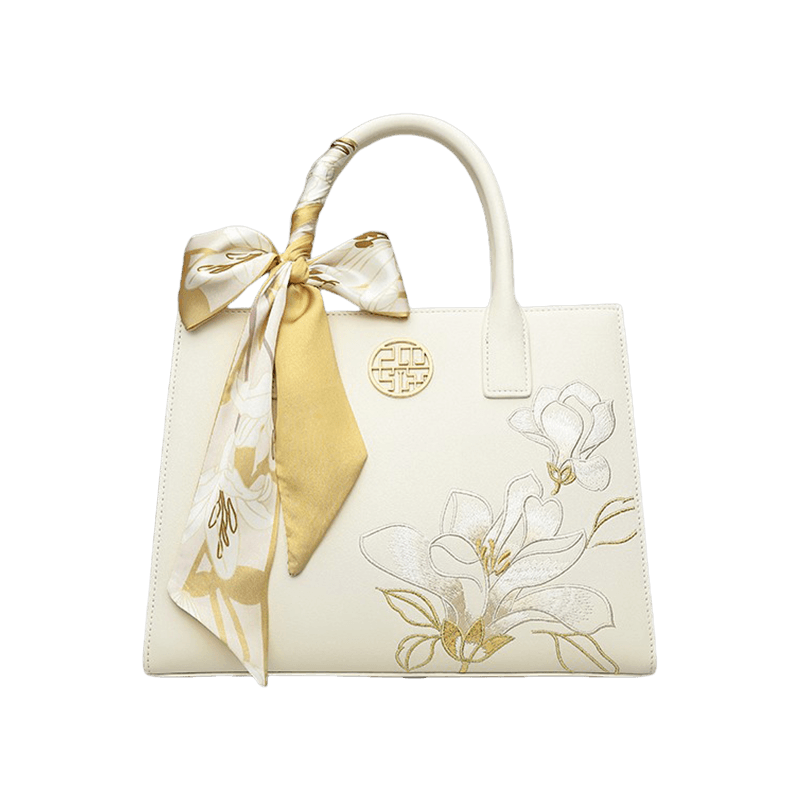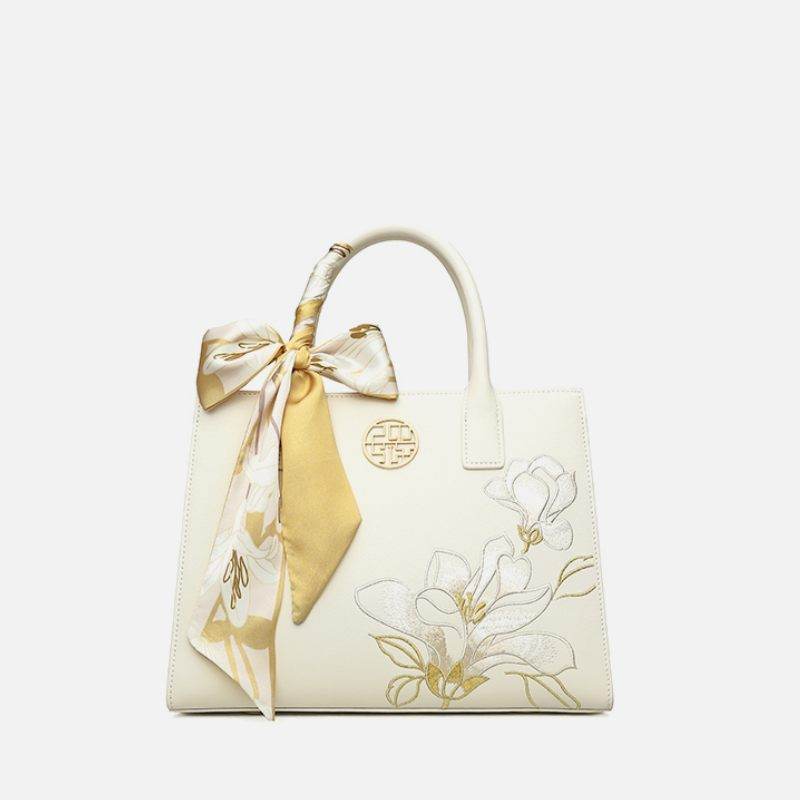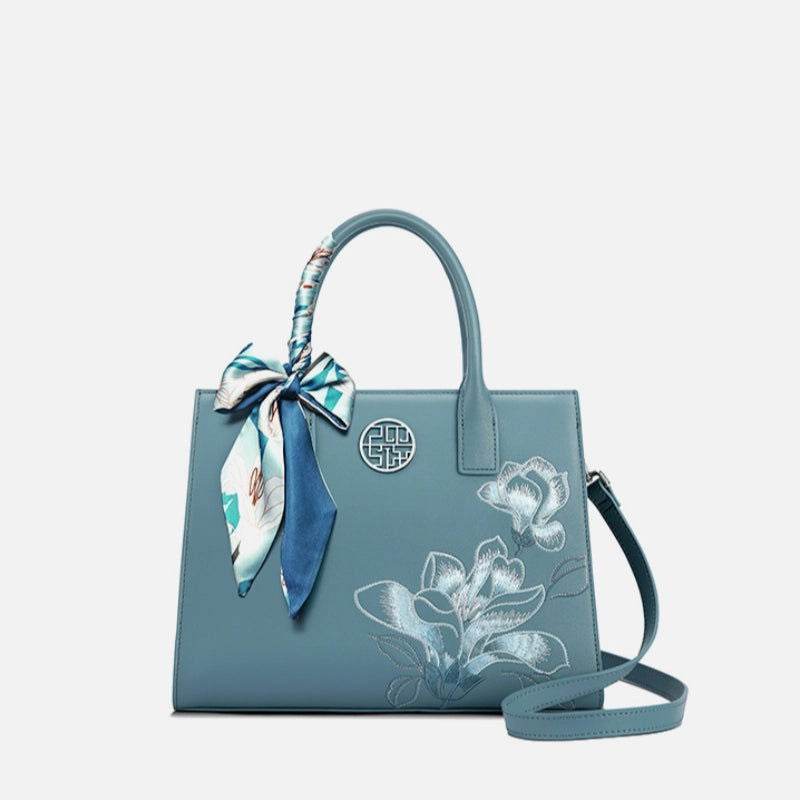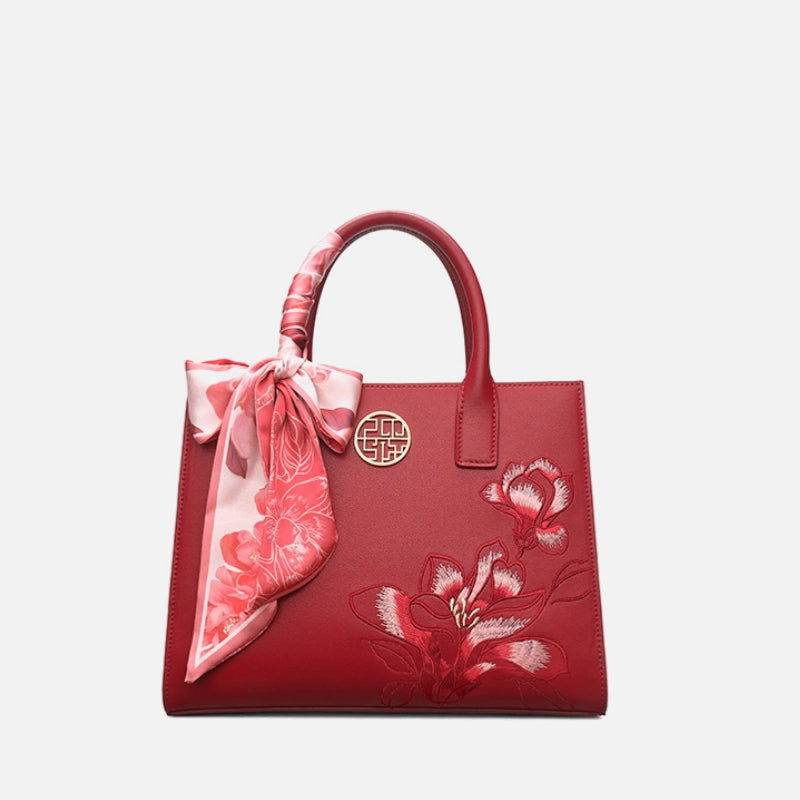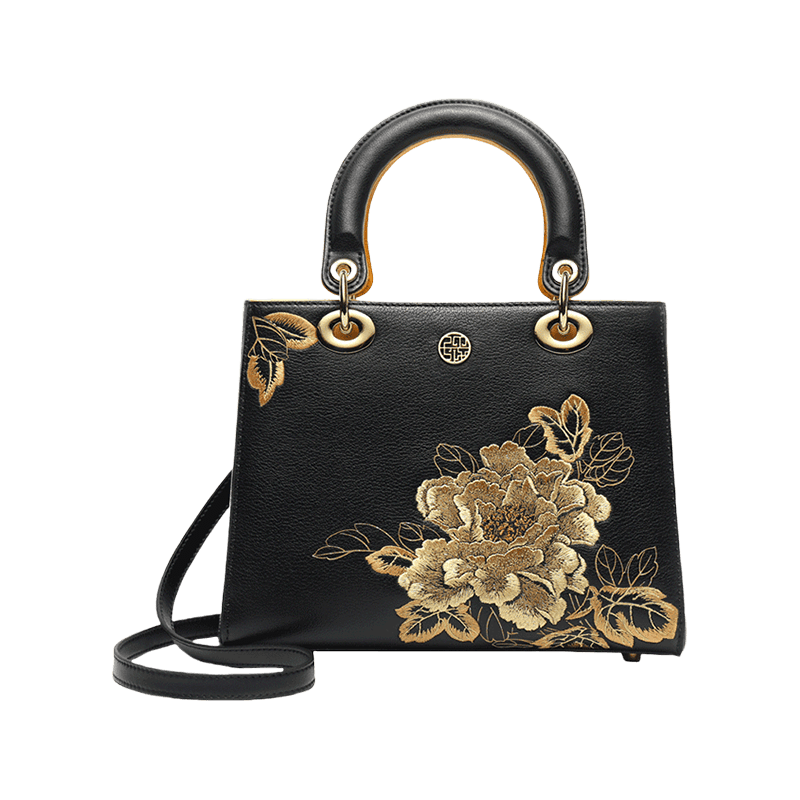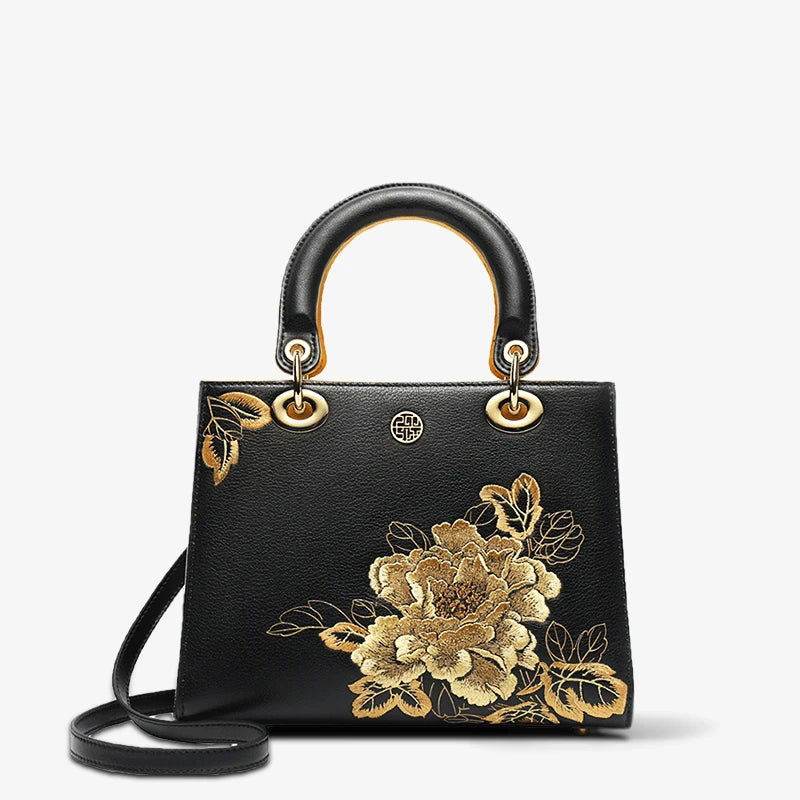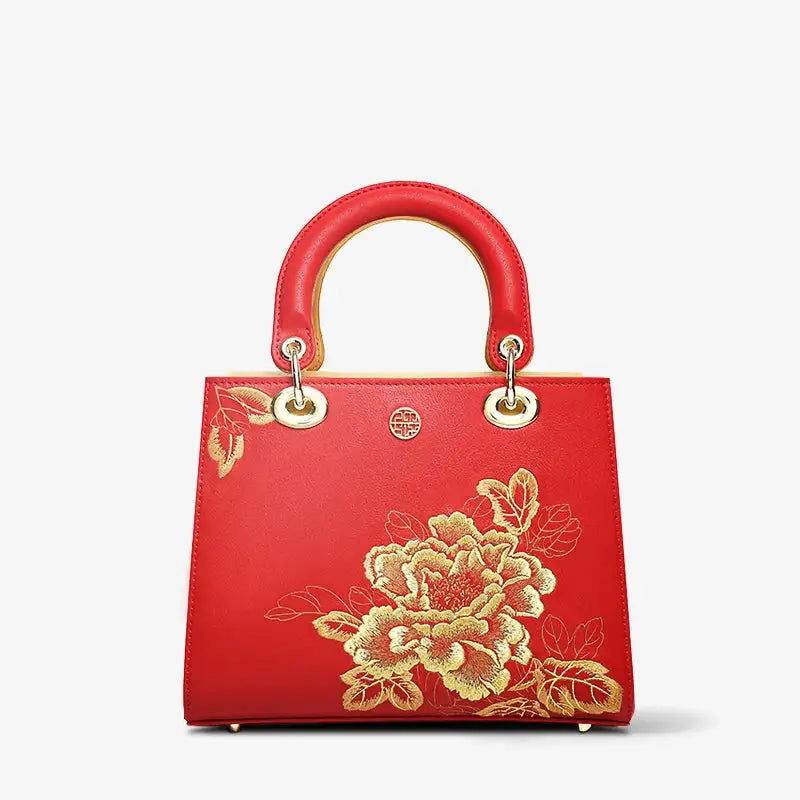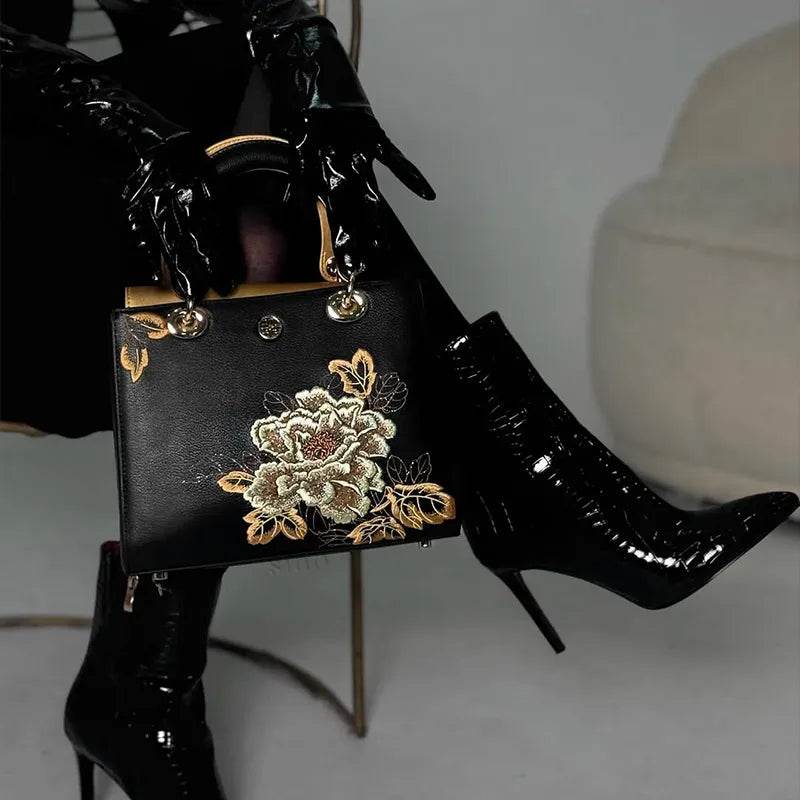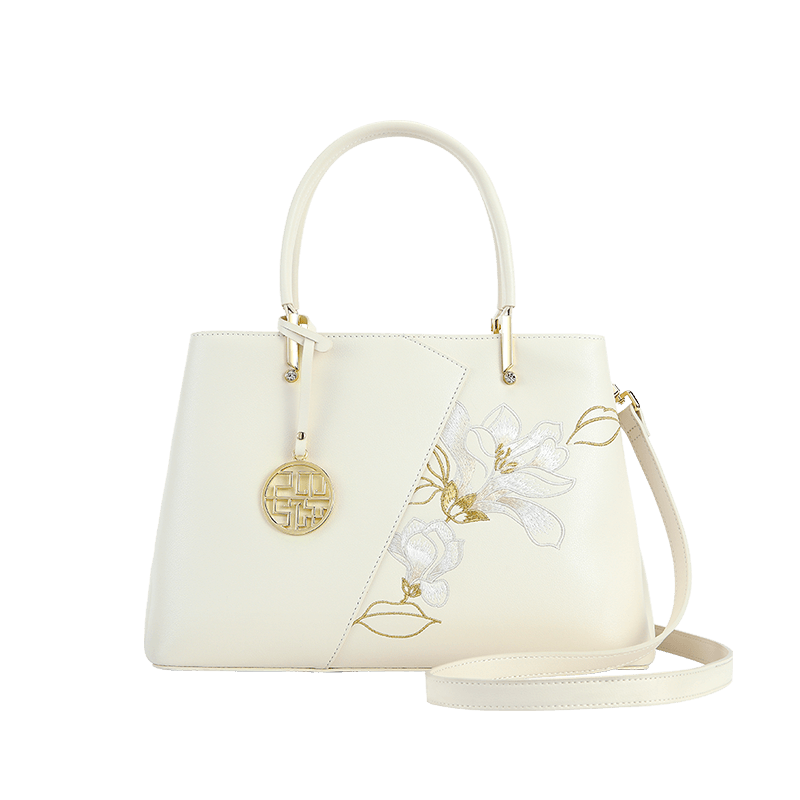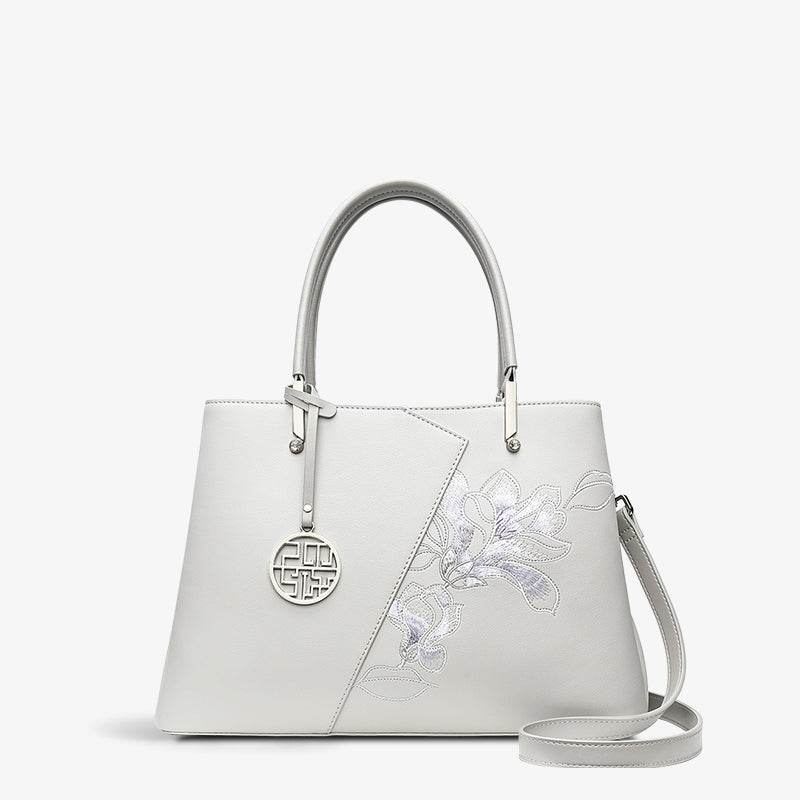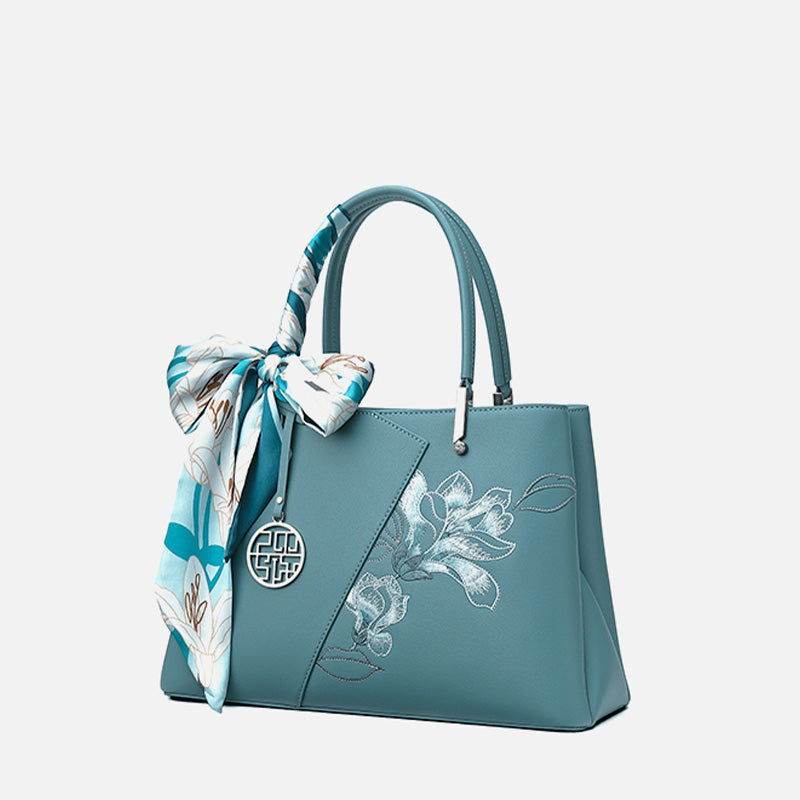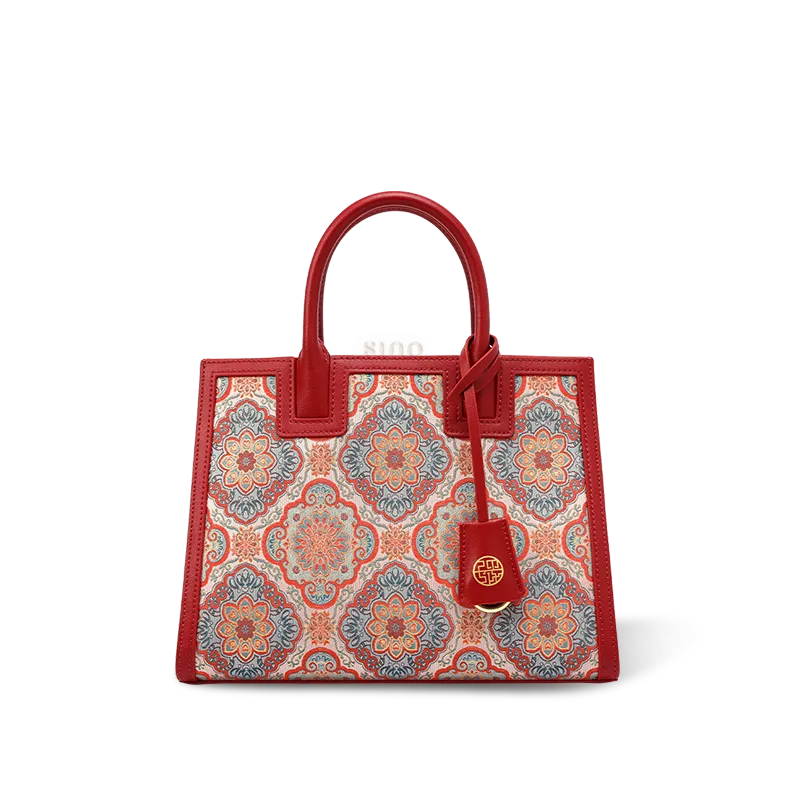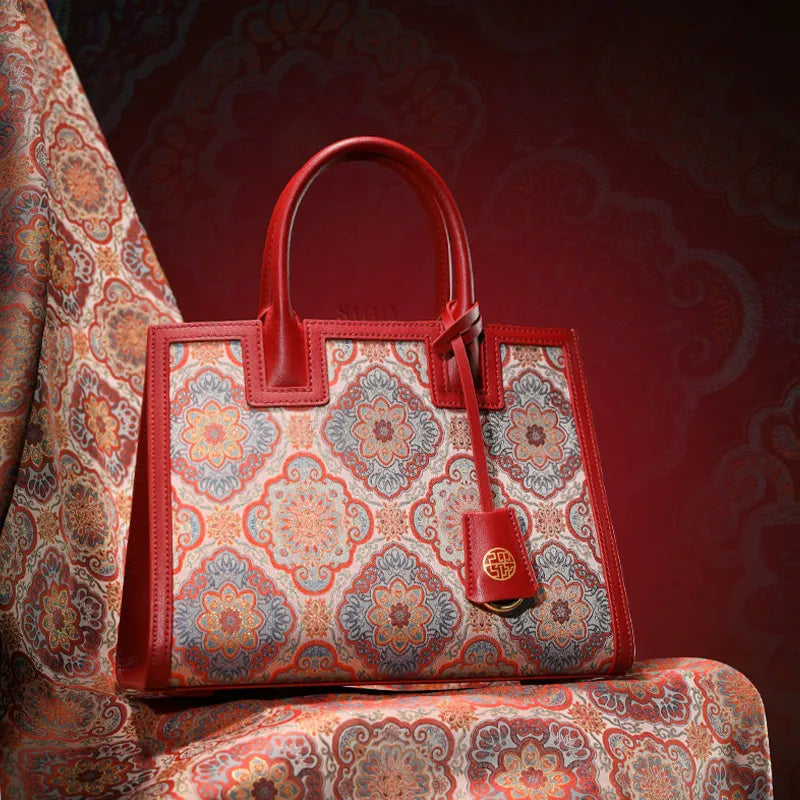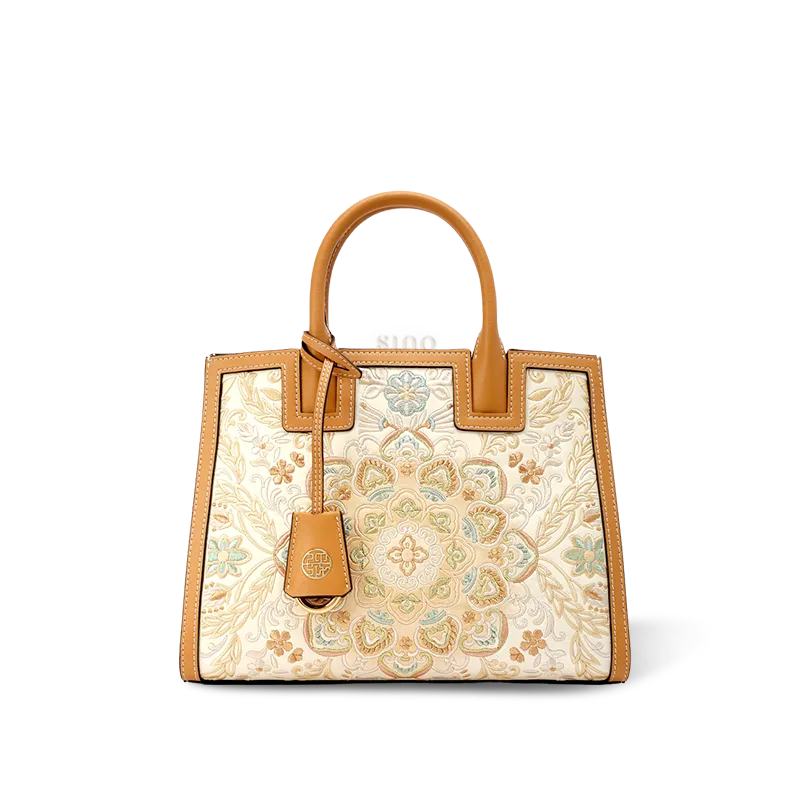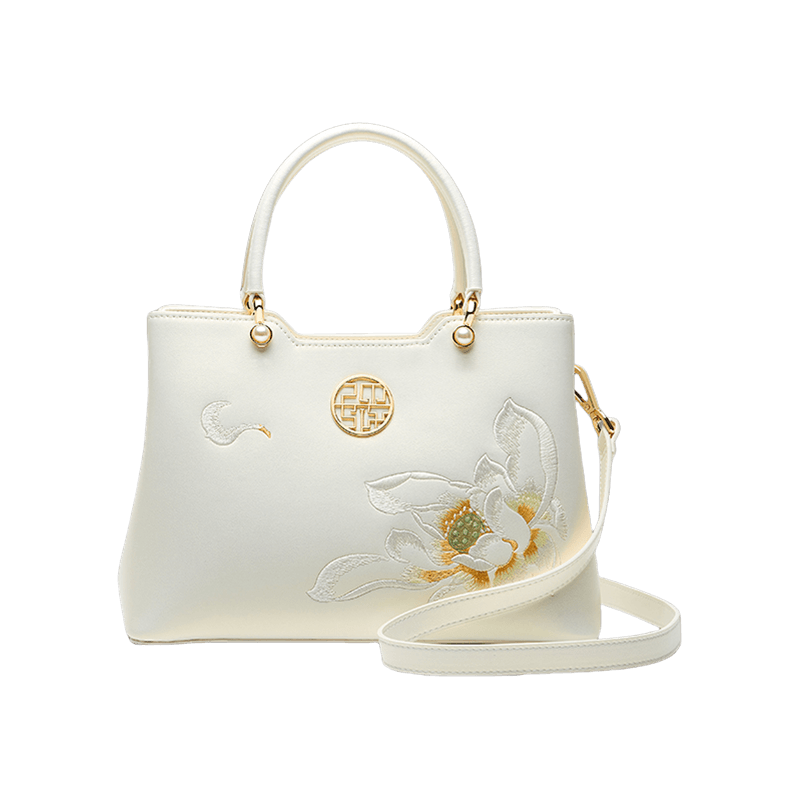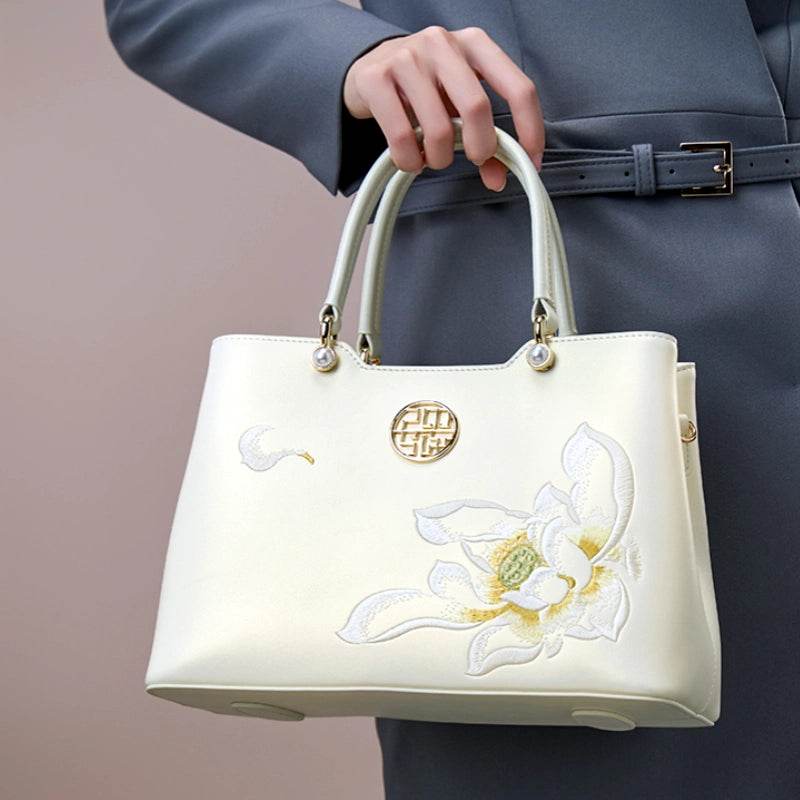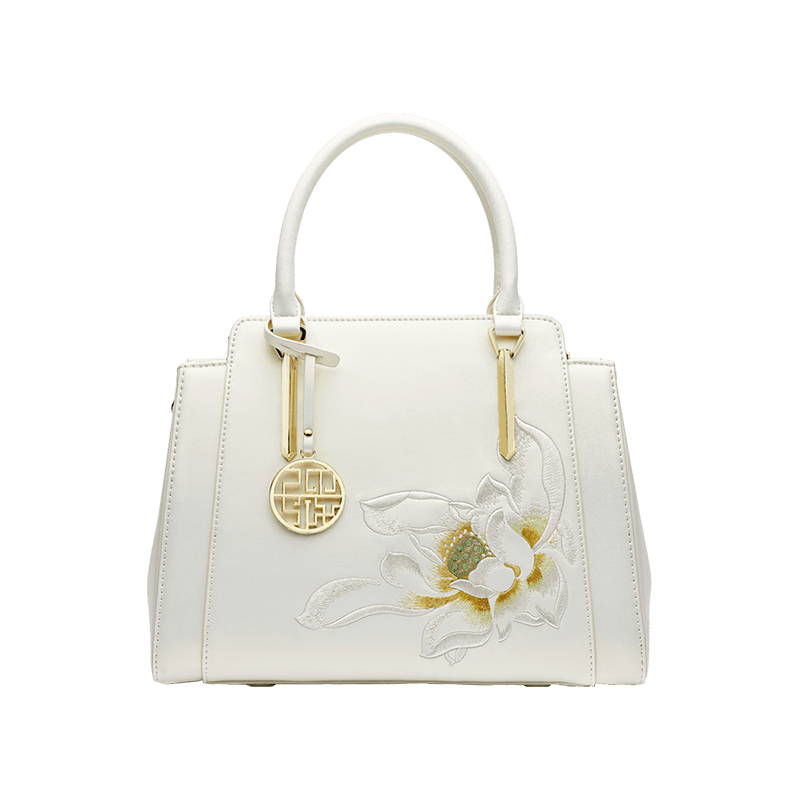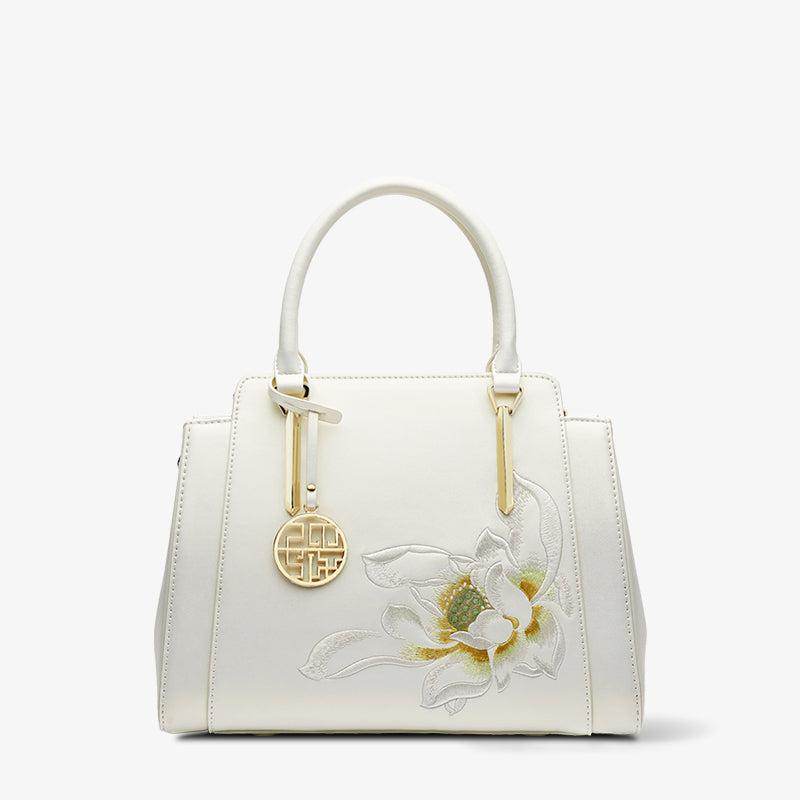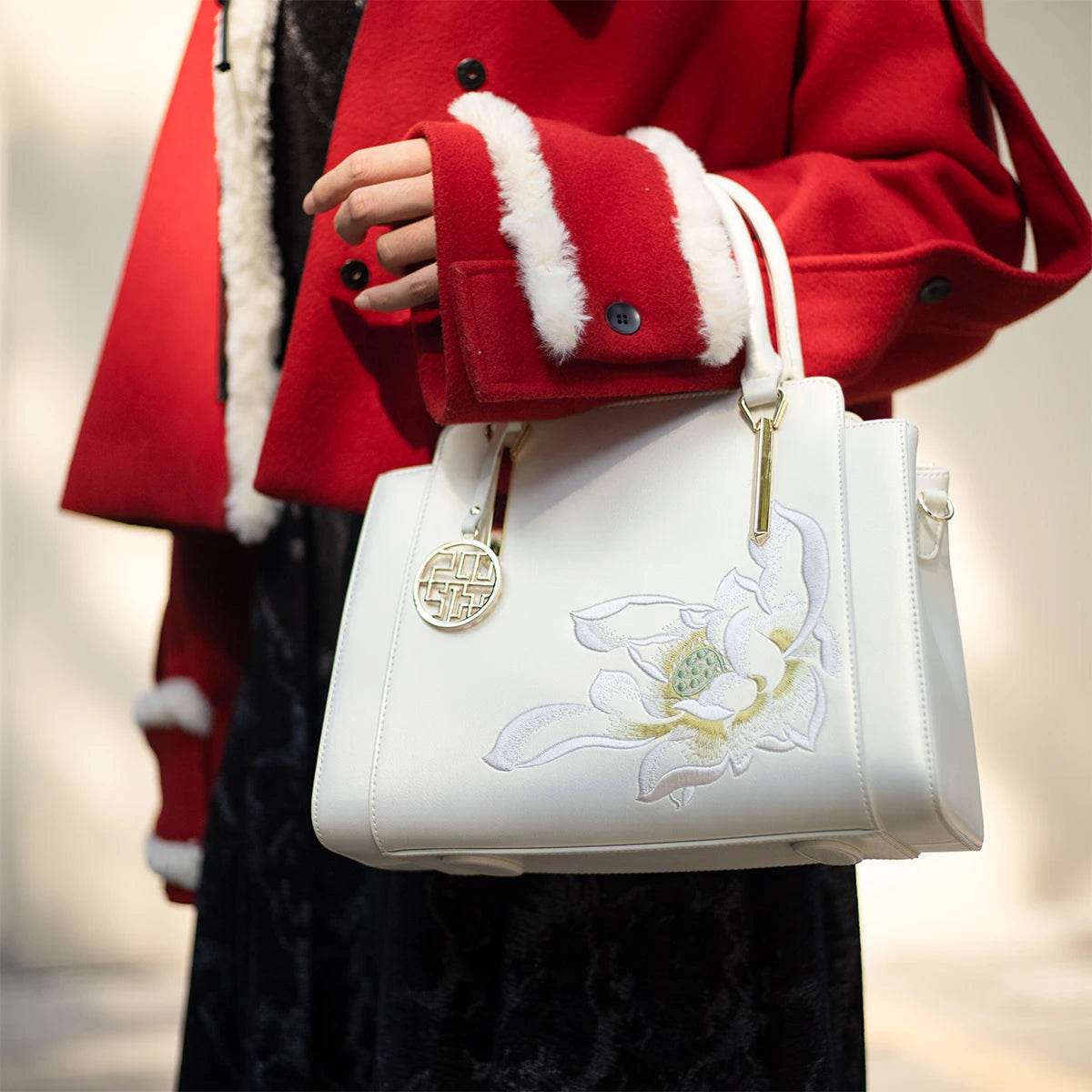For over 6,000 years, silk has been more than just a fabric; it is the thread that weaves through the entire history of Chinese civilization. As the country where sericulture and silk weaving originated, China's relationship with this luxurious material has shaped its economy, art, and culture. This guide explores the fascinating journey of silk, from its mythical origins to its role in connecting East and West via the legendary Silk Road. The ancient Sichuan Shu Brocade, Suzhou Song Brocade, and Nanjing Yun Brocade, Guangxi Zhuang Brocade, known as the four great famous brocades, are outstanding representatives of silk fabrics and still enjoy a high reputation worldwide. In a sense, silk represents China's ancient and splendid culture.
Who Invented Silk? The Legend of Leizu
The discovery of silk is attributed to a legendary figure from the 27th century BCE: Leizu (嫘祖), the primary consort of the Yellow Emperor. According to legend, a silkworm cocoon fell into her hot tea, and as she fished it out, a single, incredibly strong thread began to unravel. Intrigued, she studied the cocoon and taught her people how to cultivate mulberry trees, raise silkworms, and reel the silk to create thread. For this, she is revered as the "Goddess of Silkworms."
Archaeological discoveries confirm that China's silk weaving technology appeared at least 5500 years ago during the Neolithic period. China began sericulture, silk reeling, and silk weaving around that time, and sericulture can be traced back to the 3rd century BCE.

How Did Silk Shape China? The Rise of the Silk Road
Silk quickly evolved from a simple textile into the backbone of China's economy and a symbol of its cultural power.
- Mid-Neolithic Period(c.6000-c.5000): China began sericulture, silk reeling, and silk weaving. By the Shang Dynasty, silk production had already started to take shape, demonstrating a high level of craftsmanship with sophisticated weaving machinery and techniques.

-
Shang and Zhou Dynasties (c. 1600-256 BCE): Silk production became an established industry with sophisticated weaving techniques. Textiles like gauze, brocade, and embroidery emerged, reserved primarily for royalty and nobility.
-
Qin and Han Dynasties (221 BCE - 220 CE): The silk industry matured significantly. This era saw the birth of the legendary Silk Road. Starting from the ancient capital Chang'an, this network of trade routes traversed Central Asia and the Middle East, ultimately connecting China to Europe and carrying precious silk to the Western world.

-
Tang and Song Dynasties (618-1279): Considered the golden age of silk, techniques flourished, and production centers began to shift southward. Cultural exchange led to richer and more diverse patterns.
-
Ming and Qing Dynasties (1368-1912): Silk production became highly specialized, with an explosion in the variety of fabrics and elaborate designs.


- People's Republic of China: silk industry entered a new historical period. After years of efforts, China regained its dominant position in the world silk market, and the silk industry became a pillar industry for generating foreign exchange.


What are the Four Famous Brocades of China?
Four types of silk brocade are considered the pinnacle of Chinese weaving artistry, each with its unique history and style. They are known as the "Four Great Famous Brocades":
-
Shu Brocade (蜀锦) from Sichuan, known for its vibrant geometric patterns.
-
Song Brocade (宋锦) from Suzhou, celebrated for its elegant, refined, and often smaller-scale patterns.
-
Yun Brocade (云锦) from Nanjing, famous for its luxurious, cloud-like patterns often woven with gold and silver threads, once exclusively for imperial use.
- Zhuang Brocade(壮锦) from Guangxi, is a stunning example of the ancient textile traditions of the Zhuang ethnic group in China.
It is these legendary textiles, representing the zenith of Chinese craftsmanship, that SinoCultural is dedicated to preserving and reintroducing to the world through our modern designs.
Frequently Asked Questions (FAQ) about Chinese Silk
Q1: What is Chinese silk made from?
A1: Authentic Chinese silk is made from the cocoons of the mulberry silkworm (Bombyx mori). The silkworms feed exclusively on mulberry leaves, which results in the highest quality, smoothest, and strongest silk fibers.
Q2: Why was silk so important in ancient China?
A2: Silk was a symbol of wealth, status, and power. For centuries, its production method was a closely guarded state secret, making it an incredibly valuable commodity for trade and diplomacy, ultimately leading to the creation of the Silk Road.
Q3: Is the Silk Road a single road?
A3: No, the Silk Road was not a single path but a vast network of trade routes connecting the East and West. It facilitated the exchange of goods (like silk, spices, and porcelain) as well as ideas, cultures, and technologies.


